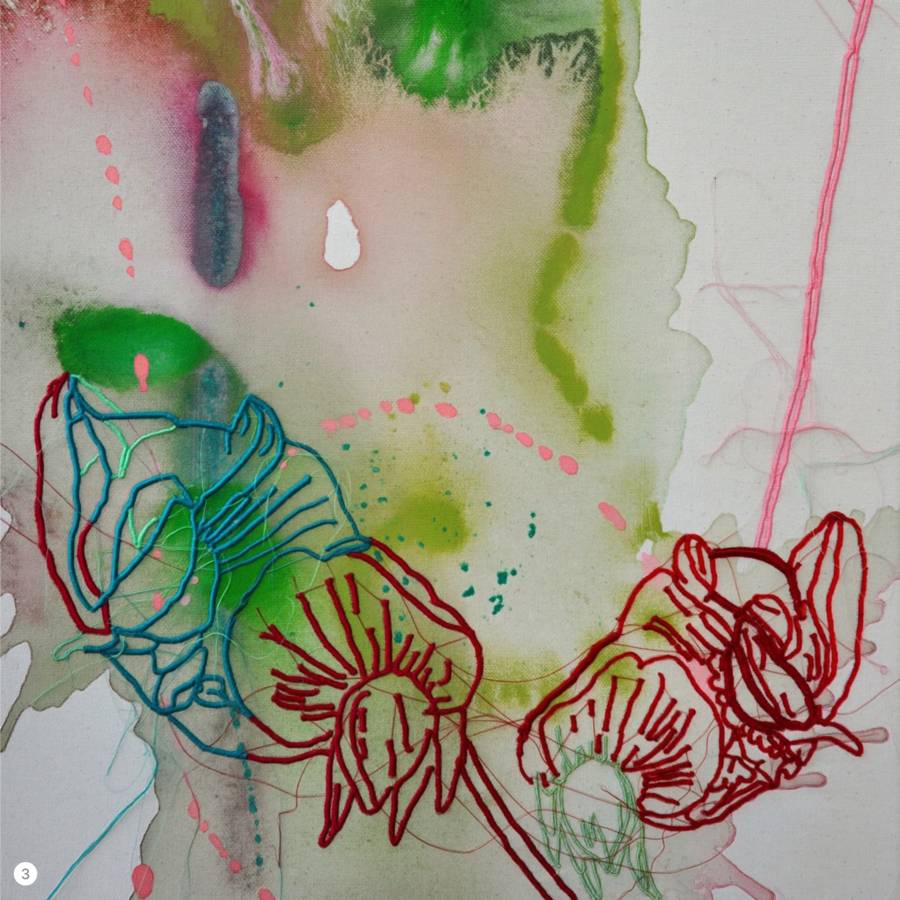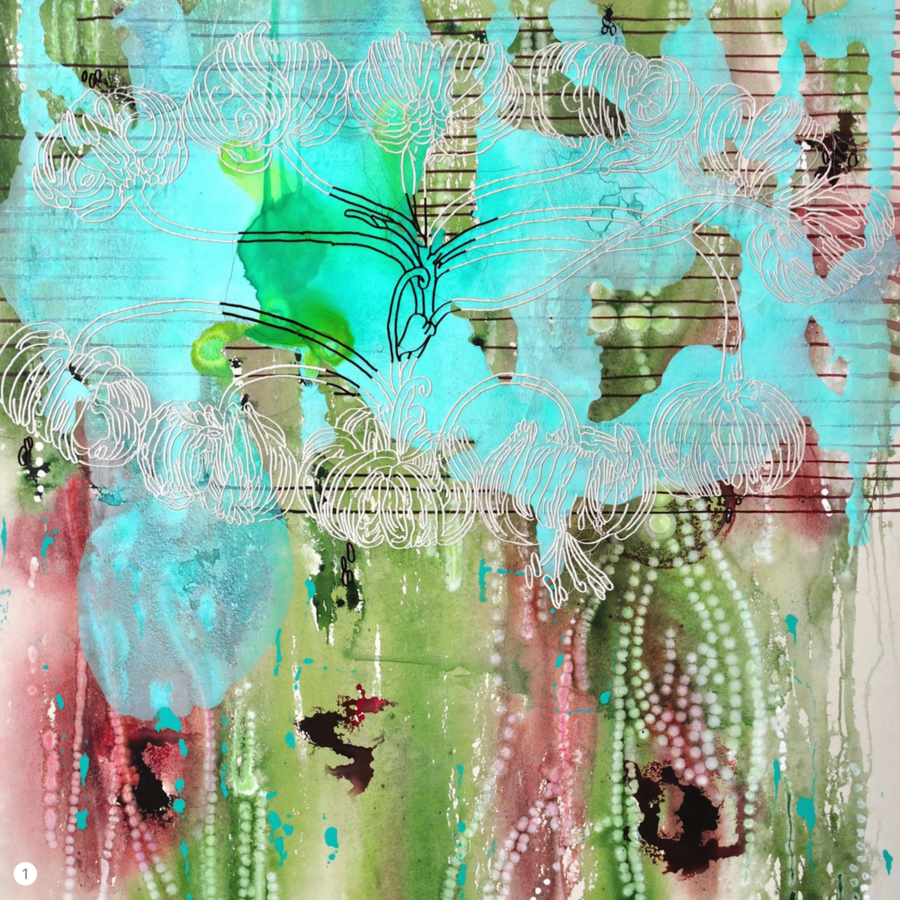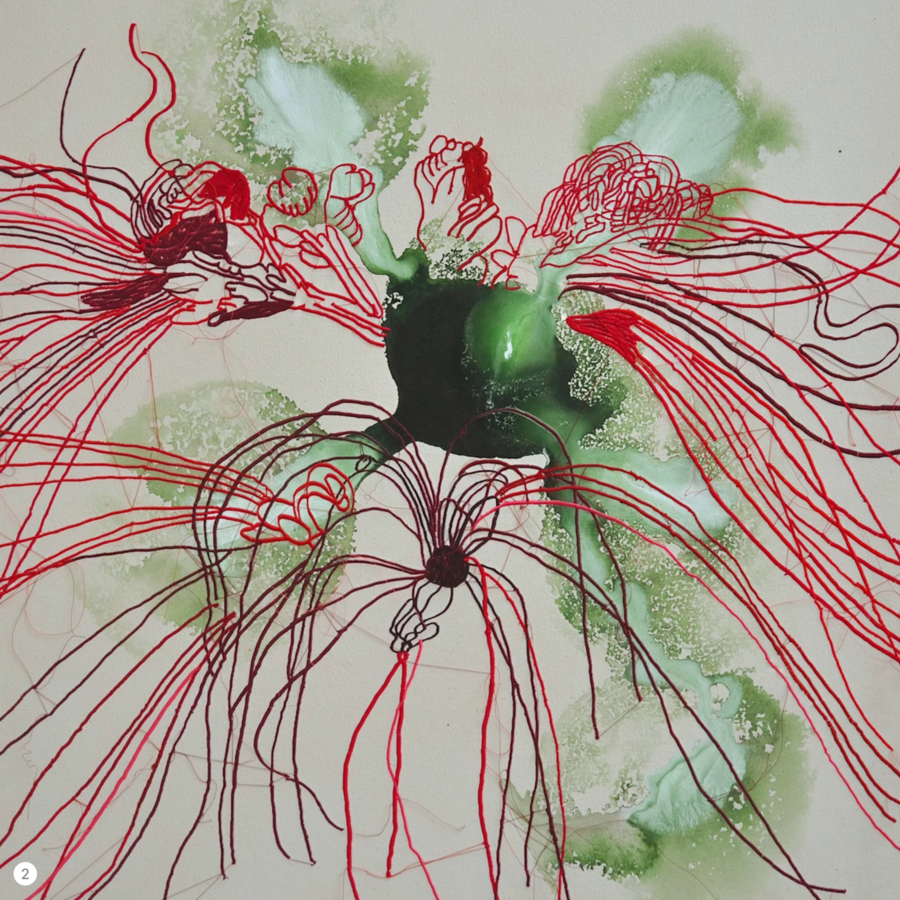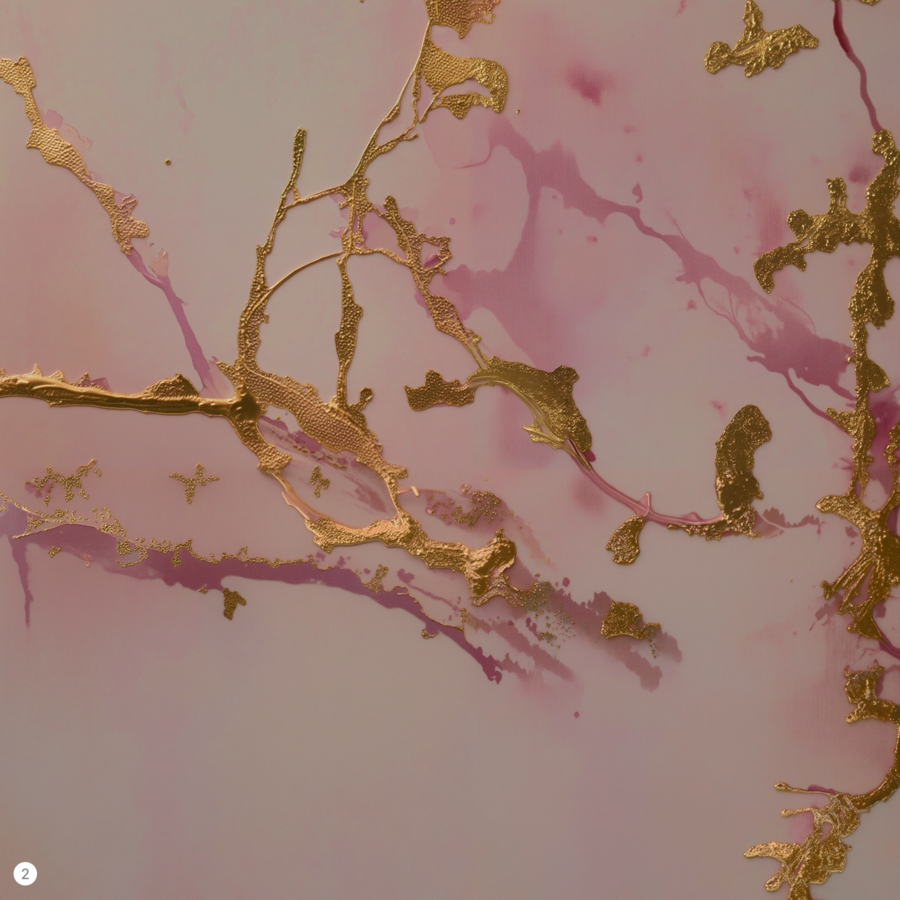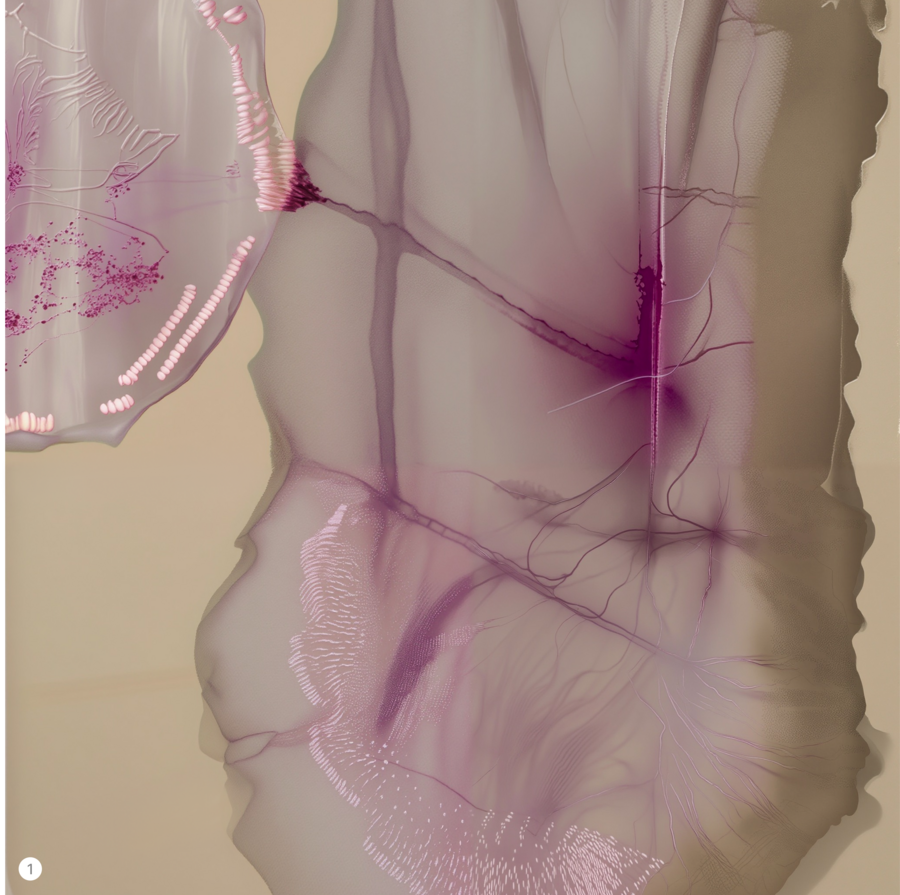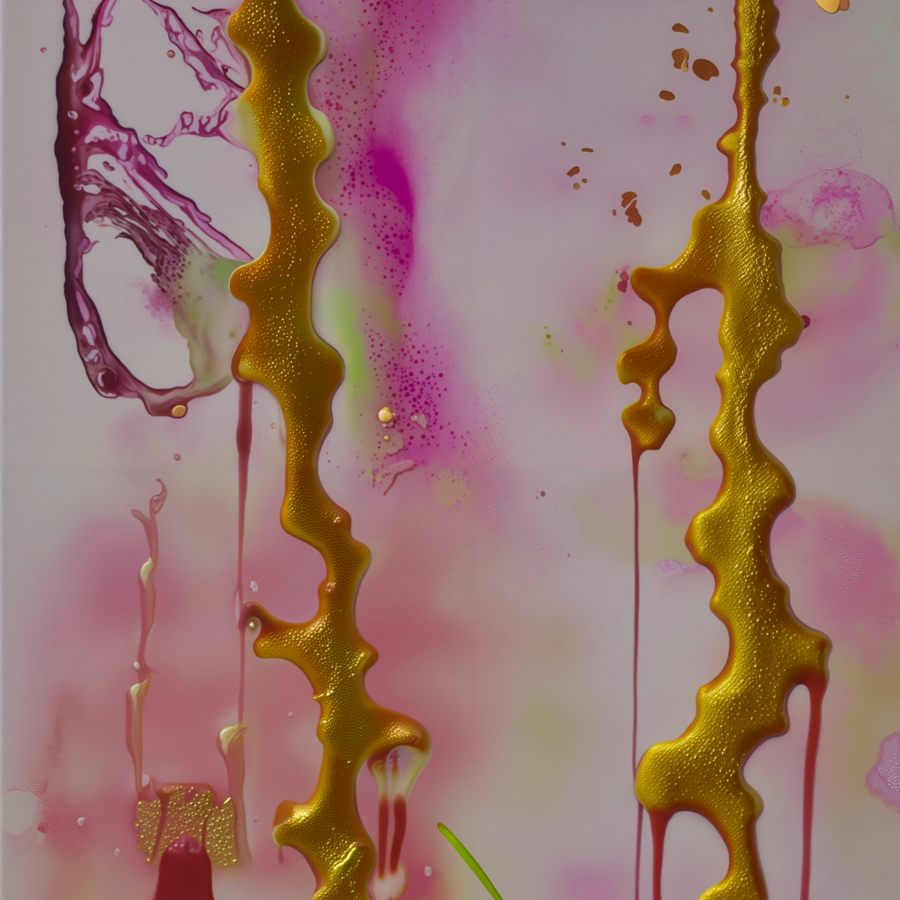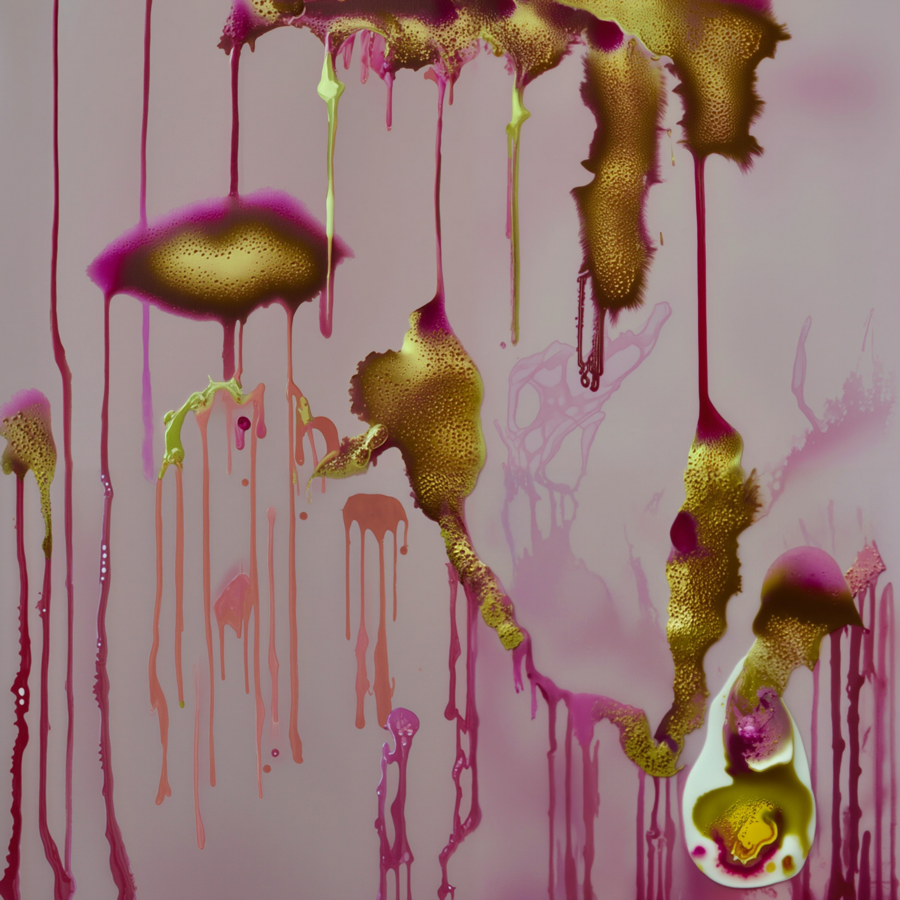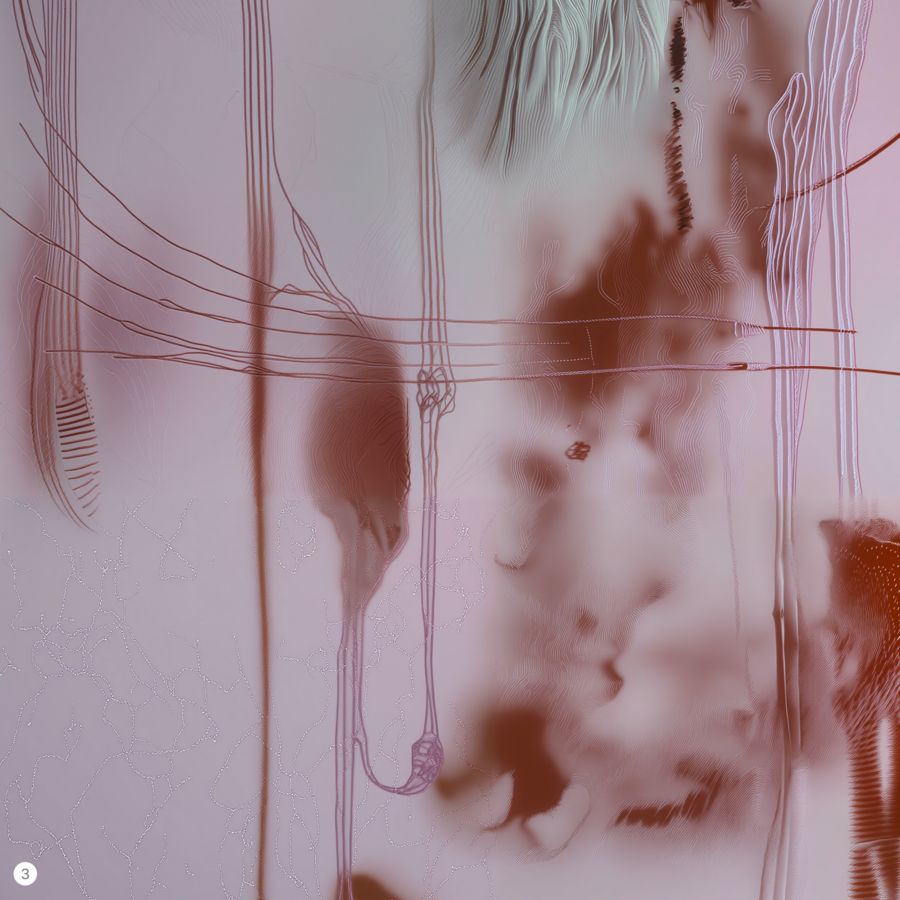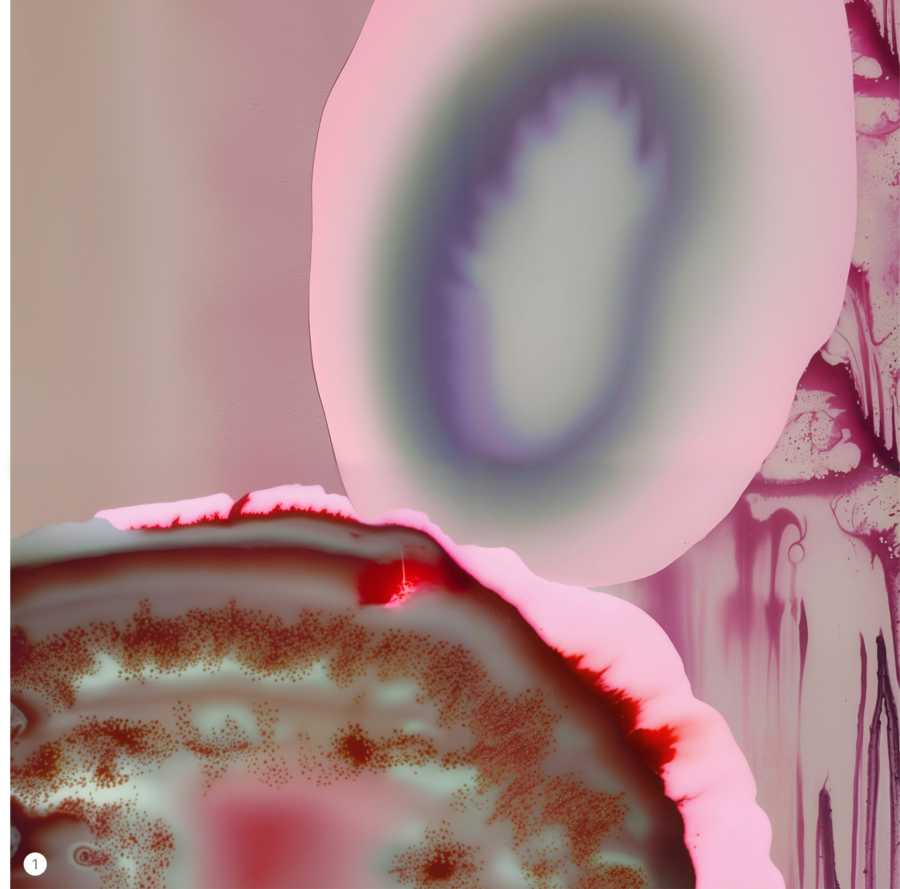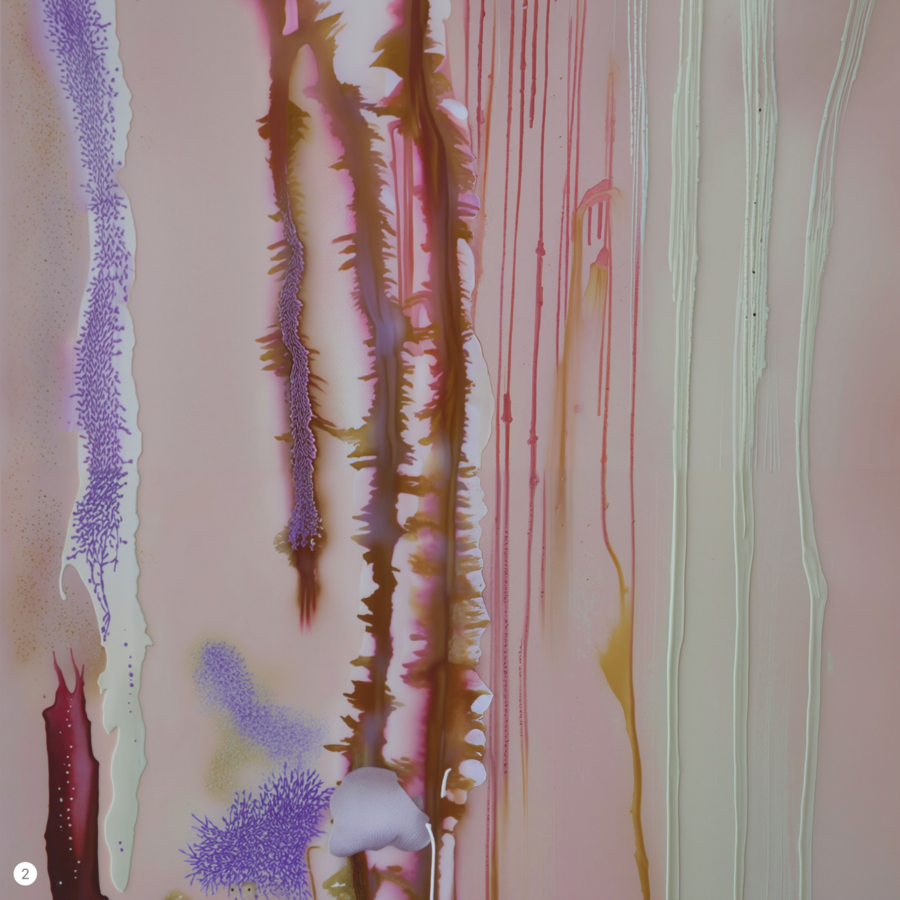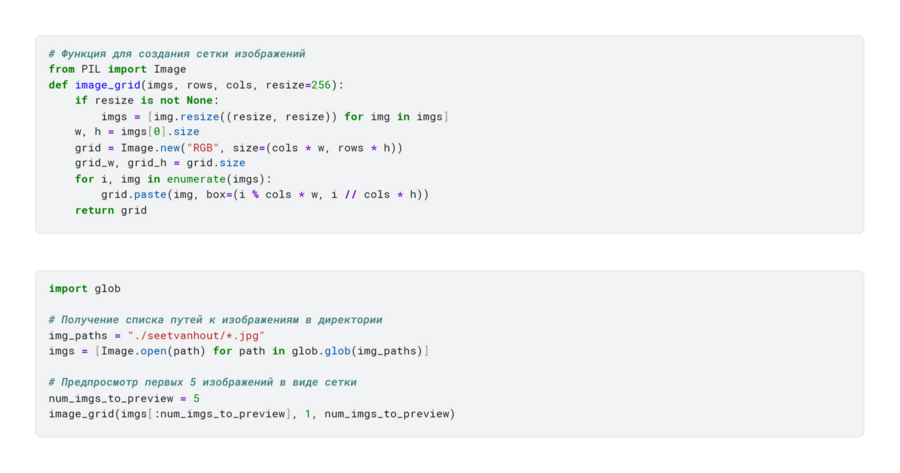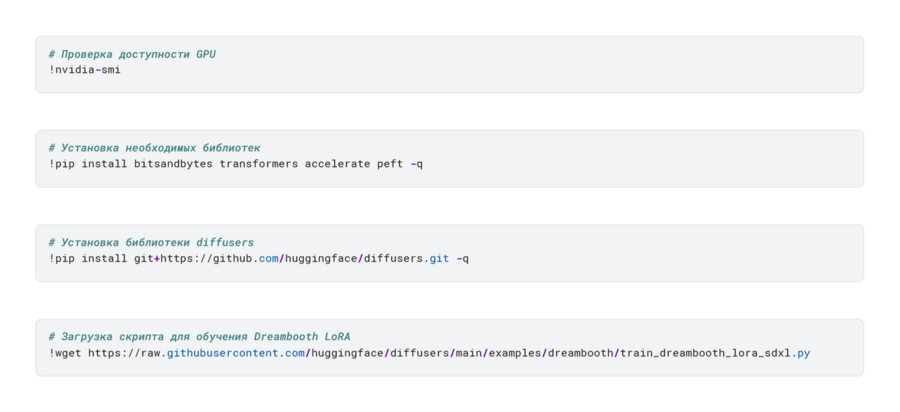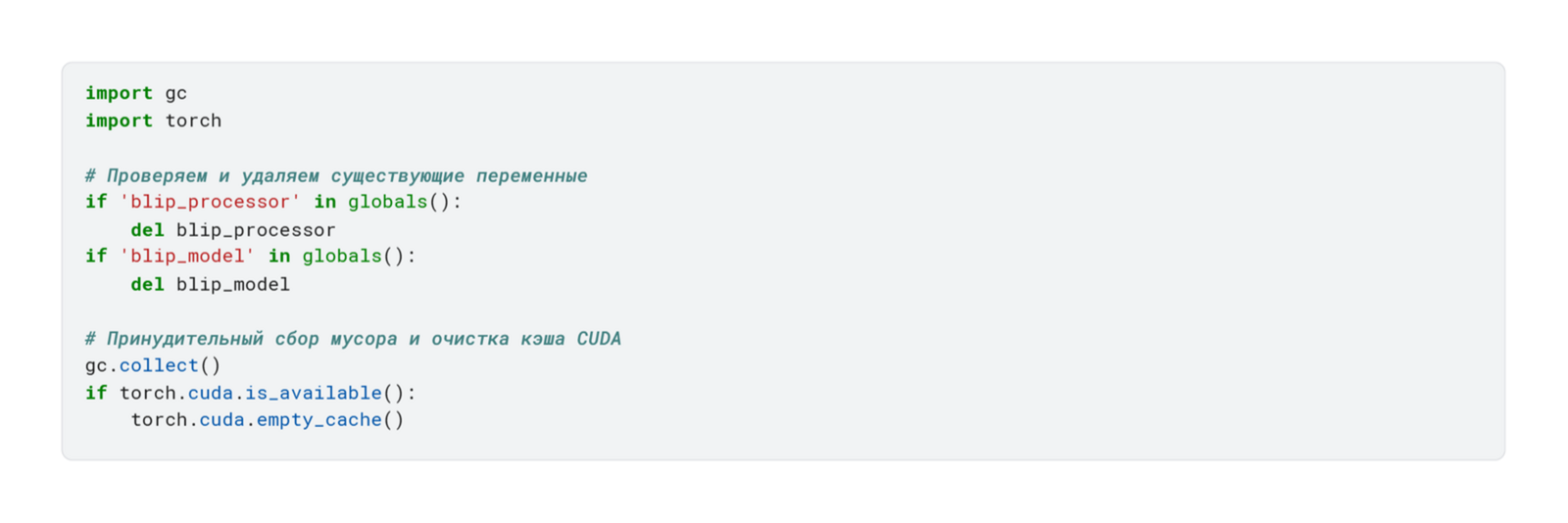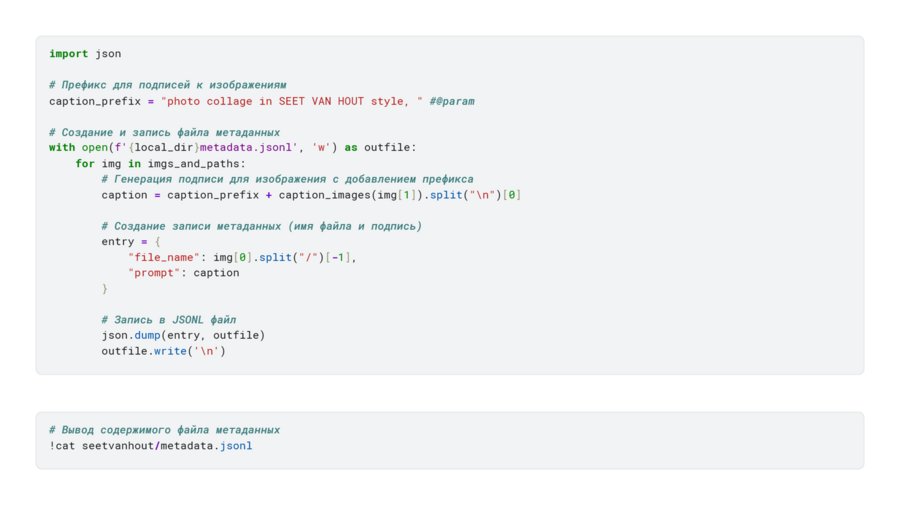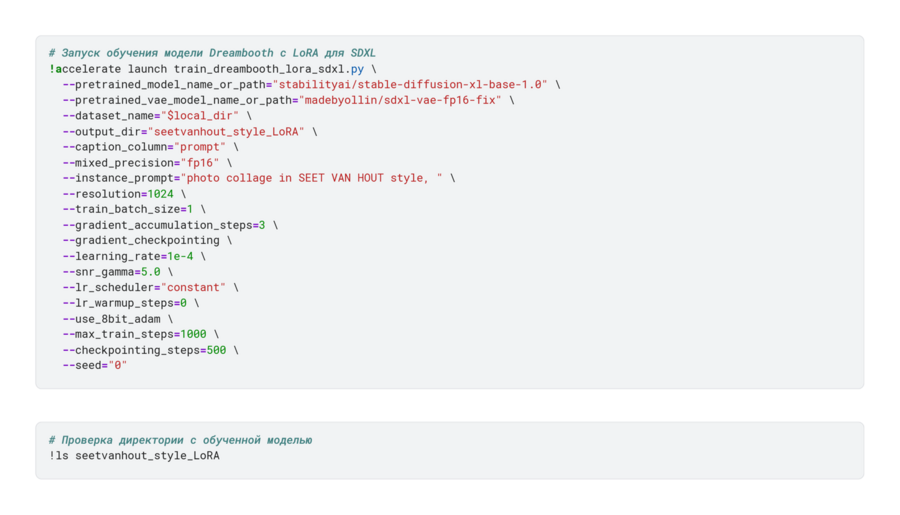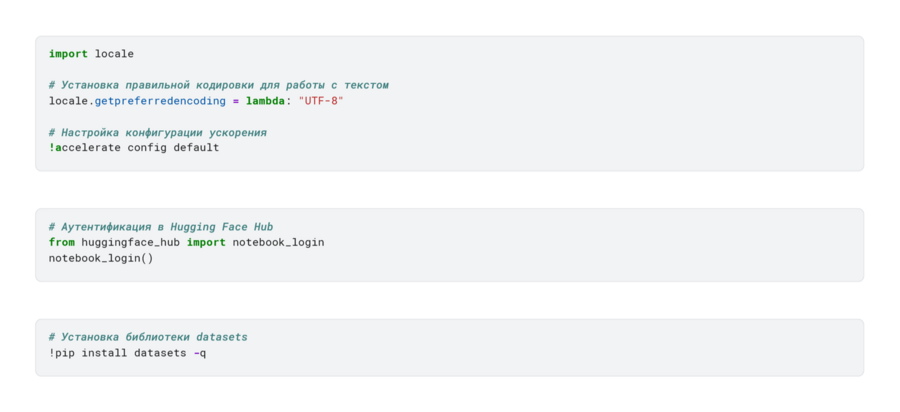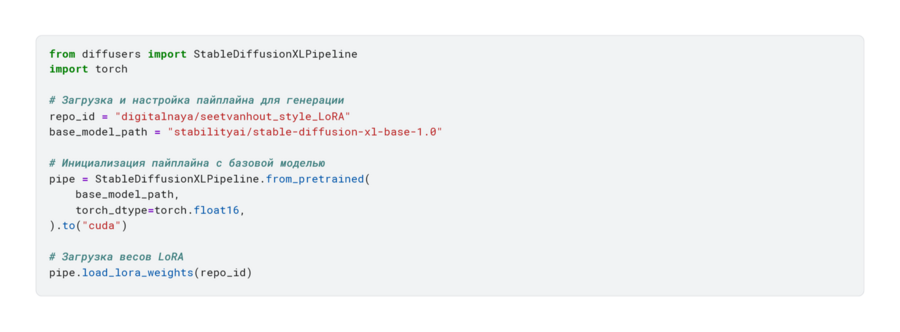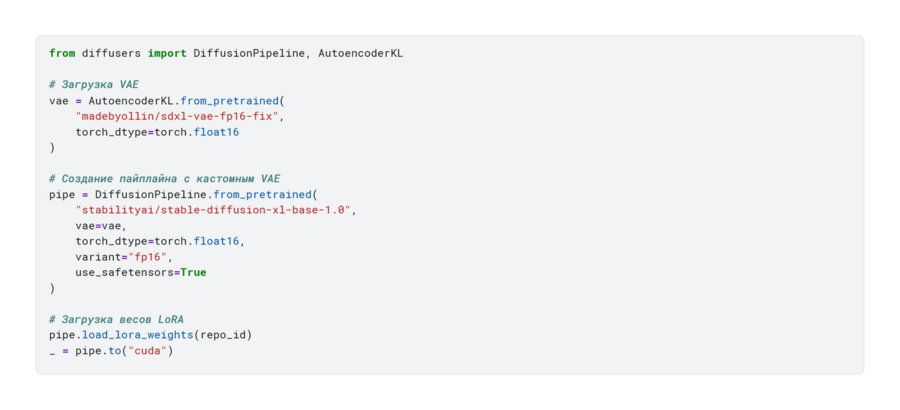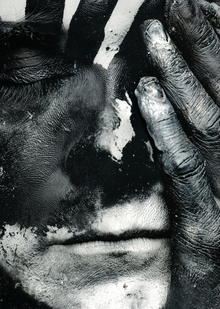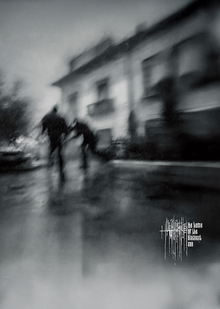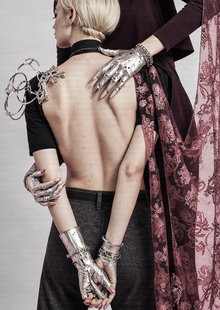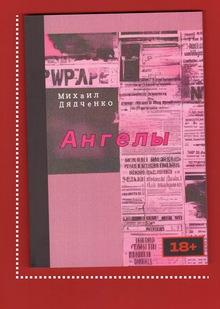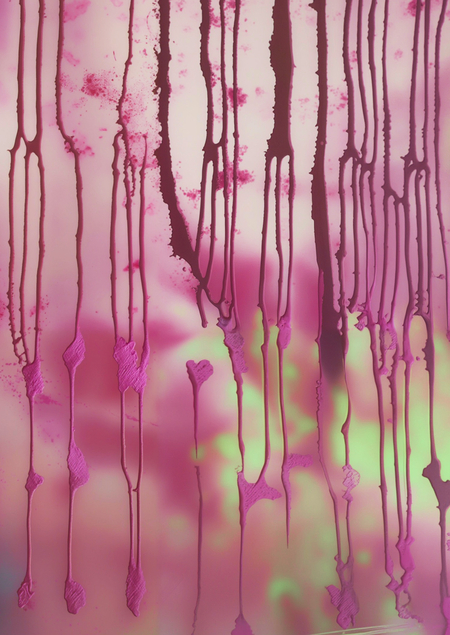
Sit van Hout / Training in Generative Neuronets
«This image that lives in your imagination is not transmitted directly — there is no way to get others to see what you see» — Sit van Hout in an article for their
Project concept
Sit van Hout. Work from the series of «Building the Garden» (2011), left-to-right: [1] * The Garden of Jacob de Fay [2] *Temple of Flora * [3] *Erwtje Tuberose
The project aims to study the visual language of artist Sith van Hout and interpret it using neuronetic tools. The main challenge was not direct stylization, but the transmission of the intuitive nature of its painting by means of digital generation. Her work inspired me with my fine natural aesthetics — I sought to keep this feeling in the plastic of my own images, using neurosmart as a tool. The series includes features of the Sith van Hout method, but reveals them in their original, self-contained form. In the main part of the project, under the images, I describe these features — they are the ones that create a sense of seriality and internal unity.
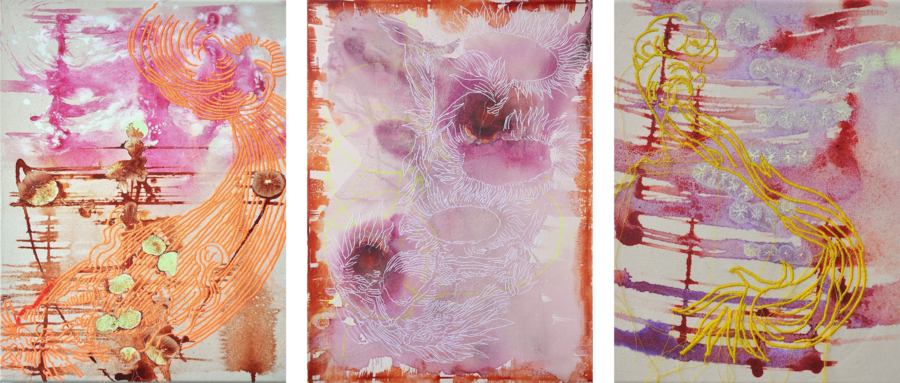
Sit van Hout. Work in the series «After L.C. (2014), left-to-right: „Angel and Dragon (Orange)“
Sit van Hout. == sync, corrected by elderman == @elder_man
The images were born from the interaction of personal sensations and machine perception. I created text descriptions (in the future) built through the observation of her paintings: attention to bodilyity, illusion of motion, tracks, leak effects, softness, spots, depths. It has proved crucial for me to preserve the association materiality that arises in her work — tissue, bodies, surfaces through which something breathes, flows, or is sealed.
Sit van Hout. Work in the series «Thinking the Garden» (2012-2013), left-to-right:
Image Series
»…carnations with frayed translucent petals against woodgrain streaked with jade green and rose quartz»
1. »…a garden of stockers with watercolor numbers» (2) 2. »…a paintbrush dripping that turn into Tiny Birds» The series produced includes images as if they were coated from current structures, branched vascular lines, growing masses. Such motives refer to anatomical cuts, root systems, tissue structures. In some images, shape flows down or curls through the center, and in others, as if floating on the surface. Sit’s visual sense of organics is repeated, as if the material was moving, decaying, or confluenced. Reproduction of free-flowing and paint-washing techniques. For example, the pigment spreads through the background, forming soft, organic contours that resemble spots on biological tissues. Visually, the effect of approaching painting with acryl and watermelon on wet paper. Digital drops vary in density and flow along gravitational lines. The focus is on the transmission of uncontrollable material, which intersects with the original artist’s technique.
1. …x-ray transparent magnolia petals with vascular systems made in wire, suspend over a corroding mirror poling with liquid watercolor and mercury 2. …cherry blossom branches rendered via atomic force microscope, molecular bonds visible as gold filigree against point point breakoff and detaining silk
1. »…geometric diamonds with razor-sharp edges floating against a chaotic splash of liquid gold and cruched berries, each line drawn with 0.3 mm technical pen precision» 2. »…organic forms and layered texts» 3. »…surgical-precise Line drawings of botanical specifics dissected by vivalent activities of acrylic paint in industrial yellows and warning-sign reds» Corporal, pink, beard, gray, ash, milk tones prevail. There are dense colour spots and leaks, active accents, and muffled crossings. Coaches are soft, color functions as an element of the body structure. The light on the images is weak, scattered, deep.
»…a carnival of melting clocks and carnivorous orchids dripping liquid gold»
Many images show invoicing, as if there was pressure, liquid, and precipitation in the material. This is achieved through multilayer effects, blurring, touch marks. Somewhere the surfaces look like wet, sealed motion or touch, somewhere like dried traces, reminiscent of paper or skin. These images arise without direct simulating, but they are of the same physical nature as Sit.
1. »…a ver Dream of fundamental porcelain» 2. »…a garden of flyers bleaching watercolords» 3. »…calligraphic brushstrokes transforming into suspended copper wires, vibrating with energy» Images are based on the main types of composition that are characteristic of the artist’s work: there are verticals with lower motion, there are dense central masses, there are rhythmic diluted forms.
»…x-ray transparent magnolia petals with vascular systems mapped in platinum wire, suspended over a corroding mirror pooling with liquid watercolor and mercury»
Linear elements similar to threads cross colour fields and create rhythms that refer to a manual seam. The lines are shivering, with ripped edges, different lengths and density. The effect of fibrous heterogeneity is formed, a characteristic characteristic of the mixed techniques of Sit van Hout, when the real and painted threads are integrated into the composition.
»…bright toxic blossoms blooming through cracks in a mirrored sky»
It was possible to reproduce the key qualities of its painting: the effect of living matter, the absence of rigid localization of shape, the illusion of motion, association with the body and living surfaces. The visual language of the final series is based on the same principles: current, sediment, body, trace, interaction between the inside and the outside without literal appearance. These images give the same impression — as if it were something alive on the border between the material and the sensitive. Inflammation and illuminance effects are present, resulting in spatiality and visual tact. Color forms crowd out the background, go beyond the «leaf,» modeling «open forms» that disrupt the stability of the frame. The focus and partial loss of shapes give the images a fragmented, multilayered character. There’s a image of memory as a mobile, unaffordable structure.
»…a cosmic garden where galaxies bloom into iridescent orchids»
The series covers various visual registers, ranging from almost weightless, dusty and transparent to dense, saturated, active mass and structure. This fact confirms that variations within the chosen method are possible that do not extend beyond the visual language of the artist. This is proof of the success of the neural stylistics and its adaptation to the task.
1. »…a topographical map extruded into three-dimensional ribbons of vellum, floating over volcanic eruptions of gouache and spray paint» 2. »…a tsunami frozen mid-crash into geometric shards of frosted glass and fishing net fragments»
1. »… . . . . . . . . . . . . . . . . . . . . . . . . . . . . . . . . . . . . . . . . . . . . . . . . . . . . . . . . . . . . . . . . . . . . . . . . . . . . . . . . . . . . . . »…a garden of flyers bleaching watercolords» The generation proceeded with text descriptions without reference to specific images. I’ve been avoiding direct links to Sit van Hout using metaphorical language that conveys the right state. The work was done manually, every image passed through the filter of my personal perception. In a number of images there are elements that resemble real brush swabs or a sense of compressed, stuck textiles. Texture fractures, vertical jets, and aread stains are like leaking paint through paper fibers. Color layers interact with each other, leaving the «leafs» between areas of the pigment, as when working on a wet surface.
»…where bruised violets and electric yellows scream in perfect harmony»
On a pale background, local pigment surges are concentrated. The clots vary in size, saturation, and invoice, forming accents and stress areas. The effect of micro-movement, also characteristic of the work of Sit van Hout, is the vibration of many colour spots close to each other. The layers of neon and fluorescent pigment descend, creating a feeling of dense glowing surface.
Learning process
Prevey images downloaded into the directory
At the beginning, I checked the availability of the GPU and installed the following libraries: bitsandbytes, transformers, accelerate, peft, and the current version of the diffusers. A script was also downloaded to teach DreamBooth with LoRA. After setting the environment, I created a directory for images and copied data to it. For a quick download check, a collage image function was written, and then I checked the first examples.
The BLIP model was used to generate image signatures. I’ve performed a function that creates a description for each image based on a prefix set in the SEET VAN HOUT style. The results were kept in the JSONL format. After the generation, I cleaned up the memory, removed the model, called the garbage collector, and set up the loch to avoid mistakes.
After the data was prepared, I was approved to Hugging Face Hub and installed a dataset library. Then I started the process of re-education of the DreamBooth model using the LoRA. The training parameters included a basic model, a path to VAE, a directory with drawings, instance prompt, resolution, boot size, number of steps, sceduler and seed value. The training was conducted over a period of 1,000 steps and the intermediate results were maintained at 500 steps.
At the end of my training, I generated a model card using a template, and I kept it in a directory with a model. After that, with the help of the API Hugging Face, I downloaded a complete directory with the completed weights into the repository.
In the final stage, I downloaded the Stable Diffuse XL webline, hooked it up with trained weights and a caste VAE. Then new images were generated using pre-formulated text requests in the artist ' s style. Each generation was executed with a number of diffusion steps equal to 25, which ensured the necessary detail. The whole process — from the production of images and the generation of descriptions to model training, publication and new images — has been successfully implemented.
Summarization
«Holst at some point meets my eyes and says, „Don’t touch it. I have the right to be like this, with my unique identity.“ — Sit van Hout in an article for my
The final series of Sit van Hout images
By means of neuronetic tools, it was not only stylistically possible to approach the paintings of artist Sith van Hout, but also to create a copyright series that preserves the key features of her method — organic, fluid, physical, multi-layered and invoicing. The final images show an exact visual and meaningful connection to the starting aesthetics, confirming that stylistic interpretation can be not only technical but also very sensitive — born of a material-based internal soythodium.
Description of the application of the generic model
I used the model Stable Diffution XL and the platform Hugging Face. To improve the quality of the generated generators, I approached Hyper Upscale v3.5 from Problembo, which helped me increase the resolution of personnel and improve the detail of patterns. For a single treatment I used ChatGPT.
